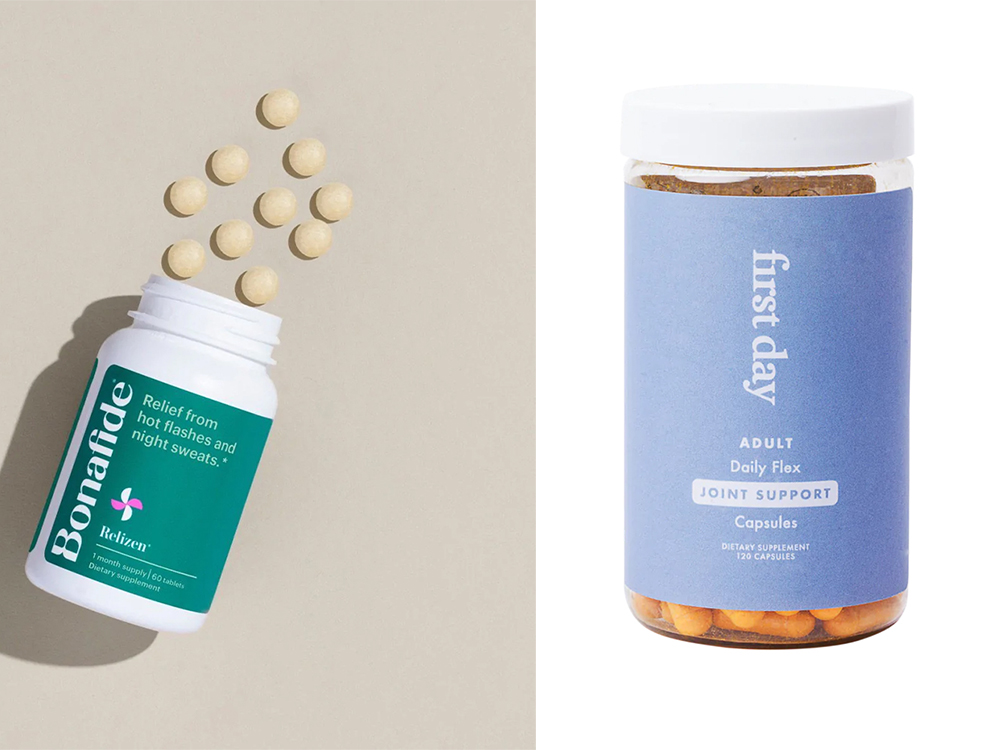Much attention is focused on the external signs of aging on our skin as we grow older. Although I’m just a couple years north of 30, my beauty regimen can rival that of someone a few decades older, thanks to work perks and the millennial obsession with “preventive anti-aging.” But as much cream as I slathered onto my face, certain pesky signs of aging kept rearing their ugly head—not exactly in the form of lines and wrinkles, but what felt like a subtle yet noticeable decline in wellness—a cough that never seems to go away, headaches that come out of nowhere and a sluggishness that sometimes finds me still in bed well into a weekend afternoon.
You May Also Like: This Could Be The Easiest Way to Get Your Daily Dose of Greens
Fixing those signs of aging, the ones caused by the general pressures and stress of adult life, wasn’t quite as simple, and I knew that it required a 360-degree approach that started with eliminating poor eating habits and ended with stress management. Last year, during a routine work meeting, I was introduced to a woman named Diana Stobo, a chef and wellness coach who had completely transformed her body with a 100-pound weight loss and fixed a number of ailments through a very disciplined nutrition program that was heavy on raw fruits, vegetables, nuts and legumes. Although her results were astounding, the thought of not drinking alcohol when champagne is more readily available than water at most work functions, or avoiding processed foods when dinner is often takeout, seemed impossible. So instead of attempting (and surely failing at) her program alone, I booked a ticket to Costa Rica and decided to have Stobo and her team coach me through a three-day detox at her personal resort, The Retreat.

Usually the words “you’re on vacation” are synonymous with “treat yourself to a piña colada and some fried apps,” but The Retreat is not about that kind of indulgence. Instead, the experience is heavily centered around the concept of relieving your body of stress by removing everything that causes it in the first place. Aside from a reliable Wi-Fi connection (because, let’s be honest, the absence of that would be the ultimate stress trigger), technological devices are largely absent as is pollution, noise, traffic, too many people and yes, access to bad food. The kitchen is the heart of the property, where food takes on an almost medicinal quality, made mostly raw and mostly vegan and straight from the property’s backyard garden. All trained under Stobo, the kitchen staff members are equal part teachers and chefs. Here’s what they taught me about how to adopt a healthier diet for good.
You May Also Like: The 5 Foods Carrie Underwood Swears by for Her Fit Physique
Eat foods that make you feel good and ditch the ones that don’t.
How often have I looked at foods that I knew would make me feel gross after and proceeded to eat it anyway. The solution? When you have that nagging feeling that you’re about to make a bad choice, stop. “Recognize the foods that cause harm and substitute with delicious foods that nourish,” advises Stobo.
Not having the tools is what’s preventing you from eating healthier.
Sometimes sticking to a healthy routine can be as simple as changing your go-to kitchen tool from a microwave to a blender. When it comes to clean eating, “a high-powered blender is the best investment possible,” says Stobo. “For soups, smoothies, salad dressings, hummus, and desserts, this tool will do it all.”

Focus on the food, not the calorie count.
Counting calories and making healthy choices can sometimes be at odds. Case in point: When focused on restricting calories, we might be incentivized to reach for “low-fat” or “diet” options that are heavily processed and lack nutrition. “We don’t count calories,” says Stobo. “With mostly vegetables and fruits the calorie count isn’t significant. Some meals are heavier with nuts than others, but it all balances out.”
Start with moderation, not complete elimination.
Although Stobo lives by a list of “nos”—no dairy, wheat, sugar, meat, alcohol, or caffeine—she doesn’t advise everyone to go cold turkey with eliminating them all. At The Retreat, alcohol and coffee were available and locally grown chicken and fish were often served for dinner. As someone who was just easing into a healthier routine, having access to these items made all the difference between looking forward to my next meal and wanting to run away. Eating a healthy diet should feel good, not like you’re depriving yourself, and living by that rule is perhaps the most important step to eating well.

















